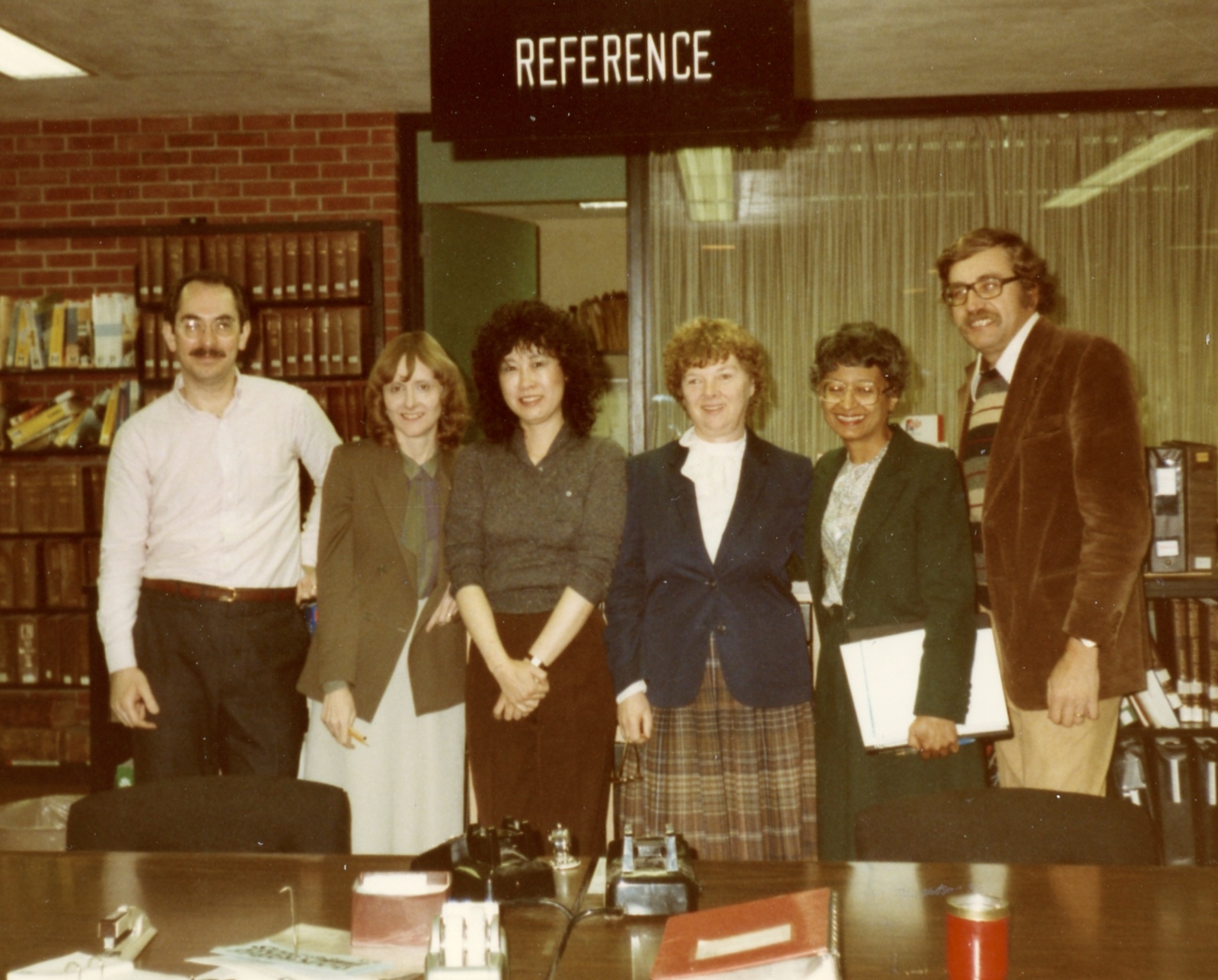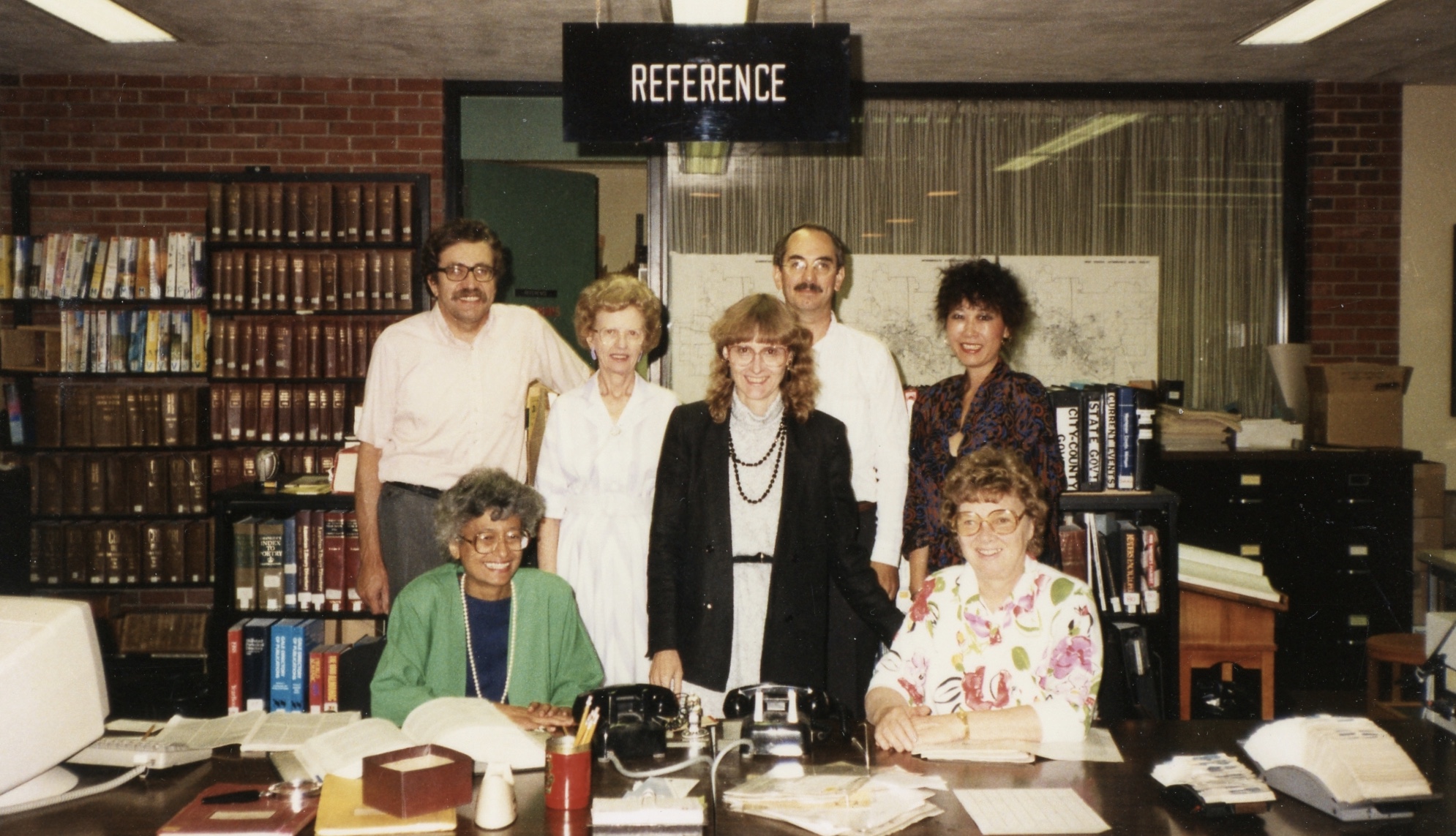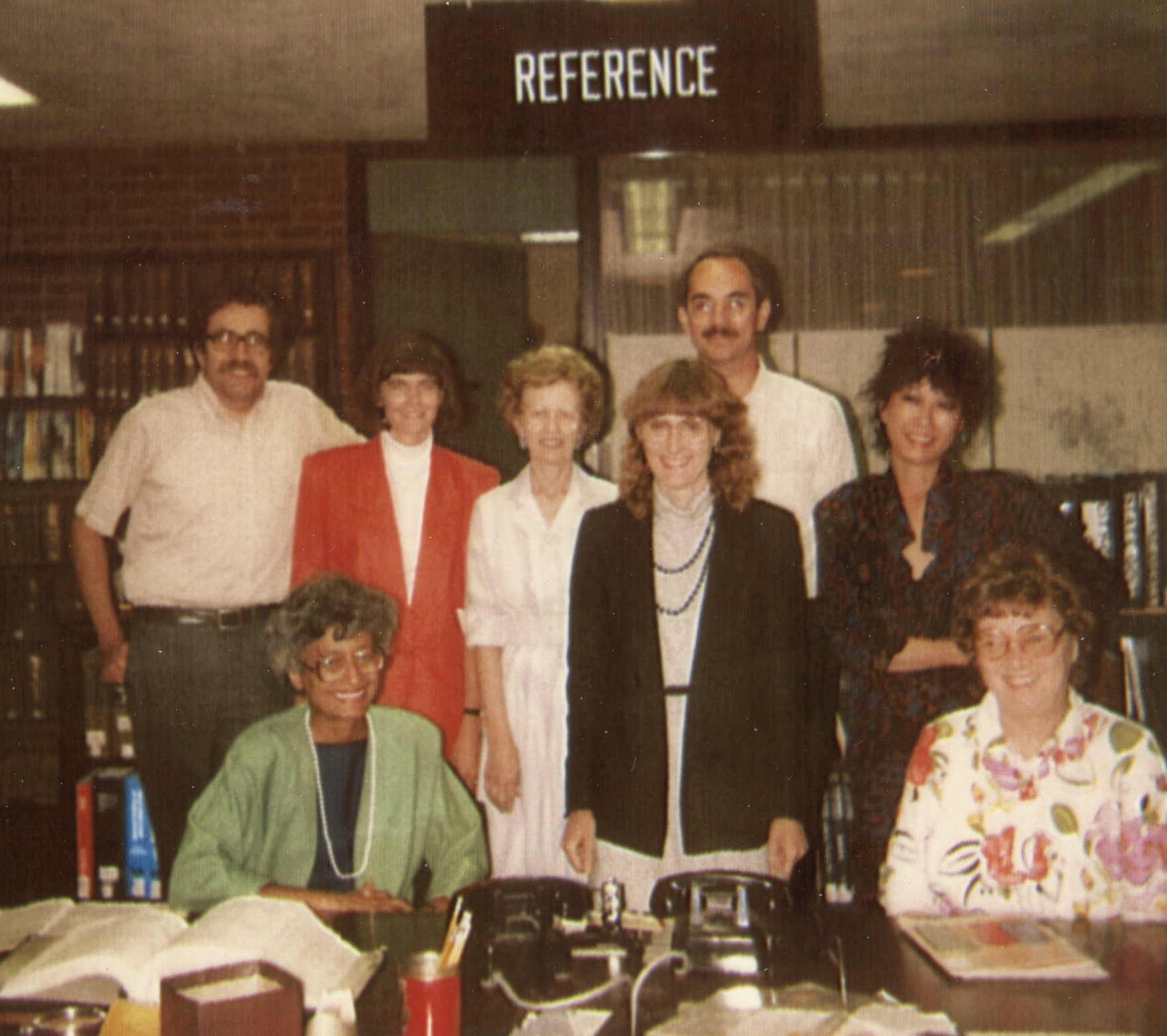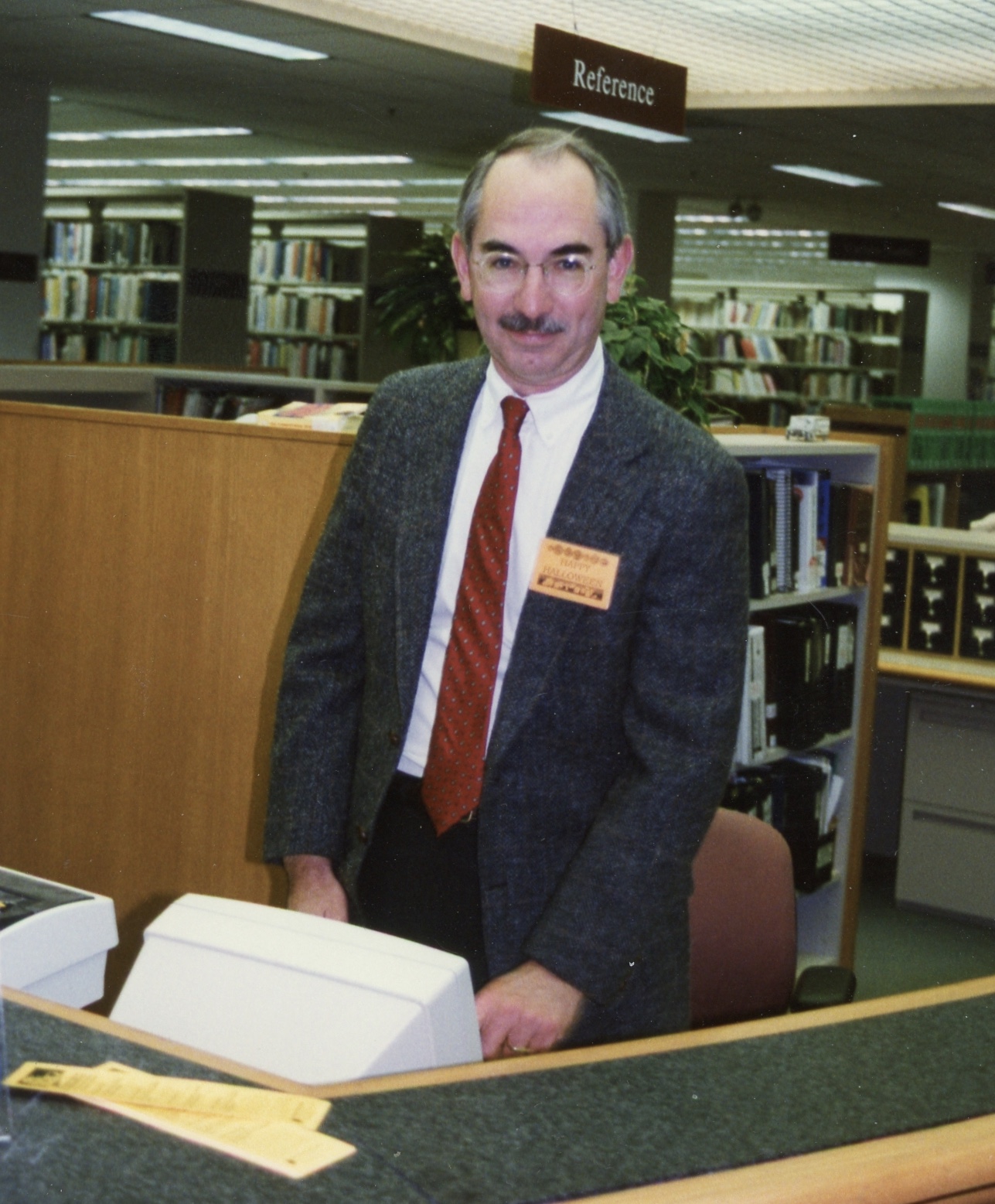
AADL Talks To: Francis Blouin

In this episode, AADL Talks To Francis Blouin. Francis joined the University of Michigan’s Bentley Historical Library in 1974 and was director for over 30 years. Francis shares his memories of working at the Bentley, some of the special acquisitions and projects he oversaw during his tenure, and he discusses the many transitions he witnessed in the archives field.
Francis is Professor Emeritus in the History Department at the University of Michigan.
Historical articles and photos about the Bentley Historical Library.

AADL Talks To: Grace Shackman

Grace Shackman is an author, educator, and former Washtenaw County Commissioner. But she's probably best known as a local historian and a long-time contributor to the Ann Arbor Observer, where she has dug into many fascinating topics of local and regional history. Grace tells us about how she became involved in politics, her research process, and how her interests spurred her beyond her shy nature.
Find more by and about Grace Shackman in our archival collections.

AADL Talks To: Susan Wineberg

Susan is a local history institution in Ann Arbor. She’s been president of the Washtenaw County Historical Society, served on the Historic District Commission, and worked with several groups on prominent local history projects and exhibits. She's accumulated a vast collection of local history, including a slide collection documenting local buildings; and she co-authored the book on Historical Buildings in Ann Arbor. Susan talks with us about how she happened upon her love of local history and local architecture in particular. She shares several stories detailing the politics involved in historic preservation efforts and the many friends and colleagues she worked with over the years.
Historical articles and photos about Susan Wineberg

The Hunt For Ann Arbor’s First Killer
True crime lovers, this is for you.
History of Washtenaw County, Michigan, published back in 1881, includes CHAPTER IX, DARK DEEDS. This summary of Ann Arbor’s earliest murders is fairly gruesome and disturbing. If gruesome and disturbing murder is your thing, grab your favorite snack and click the above link to read at your leisure. For more creepy details, local author James Mann revisited some of these crimes in his 2010 book Wicked Washtenaw County: Strange Tales of the Grisly and Unexplained. Both of these books discuss our city's first recorded killer, how he escaped his punishment, and disappeared. However, the digitization of old Ann Arbor newspapers offered up the whereabouts of our missing murderer. Let me update you on The Death Of Patrick Dunn.
Ann Arbor’s first murder was a feature story in The Ann Arbor Observer's January 1987 edition. (Disclaimer: This was the first documented murder in Ann Arbor’s history. Was it really the first murder? Maybe? Probably?) There are lots of sordid details, including the victim himself dramatically yelling, "MURDER!", and you can read all about it if you're curious.
The quick version:
It was the early 1840s, and football traffic was not an issue in Ann Arbor. Patrick Dunn was known for being a bully. One summer, during an argument, he hit a neighbor named Charles Chorr over the head with a club. Charles was bedridden for at least a month, and suffered lasting head trauma. Patrick was indicted for assault, but never charged with anything. Patrick's bullying of Charles escalated. Charles wanted revenge. The following spring, April 1843, Patrick walked past the home of Charles on his way to work. Charles stepped outside with a rifle and shot Patrick through his torso. Patrick died the next day. Charles was put in jail to await a trial. Both men were of Irish descent, living with spouses and children in Ann Arbor's fourth ward.

In November of 1843, the case finally went to trial. The Michigan State Journal ran the details of the proceedings on their front page. For each and every little detail of the trial, go read it for yourself. Multiple witnesses were called to the stand. Chorr's lawyers argued insanity, based on his head injury inflicted by Dunn. It was clear that Patrick Dunn wasn't very popular in town, but now he was dead. When all was said and done, Charles Chorr was found guilty of murder in the first degree, and sentenced to death by hanging.

Yes, you read that correctly. Ann Arbor's first convicted murderer was going to be hung for his crime. Charles Chorr was Ann Arbor's first (and last!) instance of anyone being sentenced to death. Fortunately for Charles, his execution never came to fruition. Under mysterious circumstances, it was reported that he escaped from his jail cell and was never seen or heard from again.
All published accounts of the murder of Patrick Dunn end this way, with Chorr disappearing into thin air. Sheriff's Deputy Thomas Leonard reported visiting the jail cell of Charles Chorr, to bring him breakfast, and finding the cell empty. Suspicion circulated around Ann Arbor that Leonard had let Chorr go free, following the orders of Sheriff Peter Slingerland. Slingerland, who faced a looming election to maintain his role as sheriff, needed to appease local citizens who were upset by Chorr's death sentence. The hunt for the killer was not pursued, and the case went cold. So what happened to Charles Chorr?
Case closed?
Forty-two years later, an article randomly appeared on the front page of the Ann Arbor Register, which held answers to our city's first murder. The author of the article made mention of the story as the only known death sentence in Washtenaw County, and supported the theory of Chorr escaping with the help of law enforcement. It ended by declaring "Chorr was harbored in Northfield by Irish friends and finally reached Oakland county. He subsequently went to Galena, Ill., where he eventually met retribution, being murdered in cold blood by some railroad employes." How a local 1885 reporter got this information on Chorr's demise, we will never know. Searching for a death record in Illinois yielded no results. The accuracy remains up for debate but, perhaps, this is the way Ann Arbor's first case of murder came to a close.

Reference Department, Steve Jensen, Jane Conway, Dietmar Wagner, Ruth Haldeman, Bette Thompson, Don Callard, Ann Arbor Public Library, 343 S Fifth Ave, 1988

Year:
1988
Birthday, Reference Department, Ruth Haldeman, 343 S Fifth Ave

Reference Department, Steve Jensen, Ruth Haldeman, Suzy Chen, Lael Cappaert, Bette Thompson, and Dietmar Wagner, Ann Arbor Public Library, 343 S Fifth Ave

Reference Department, Dietmar Wagner, Bette Thompson, Lucinda Lutz, Ruth Haldeman, Steve Jensen, Suzy Chen, and Lael Cappaert, Ann Arbor Public Library, 343 S Fifth Ave, 1988

Year:
1988
Reference Department, Dietmar Wagner, Bette Thompson, Jane Conway, Lucinda Lutz, Ruth Haldeman, Steve Jensen, Suzy Chen, and Lael Cappaert, Ann Arbor Public Library, 343 S Fifth Ave, 1988

Year:
1988
Halloween, Reference Department, Steve Jensen, 343 S Fifth Ave, 1995

Year:
1996